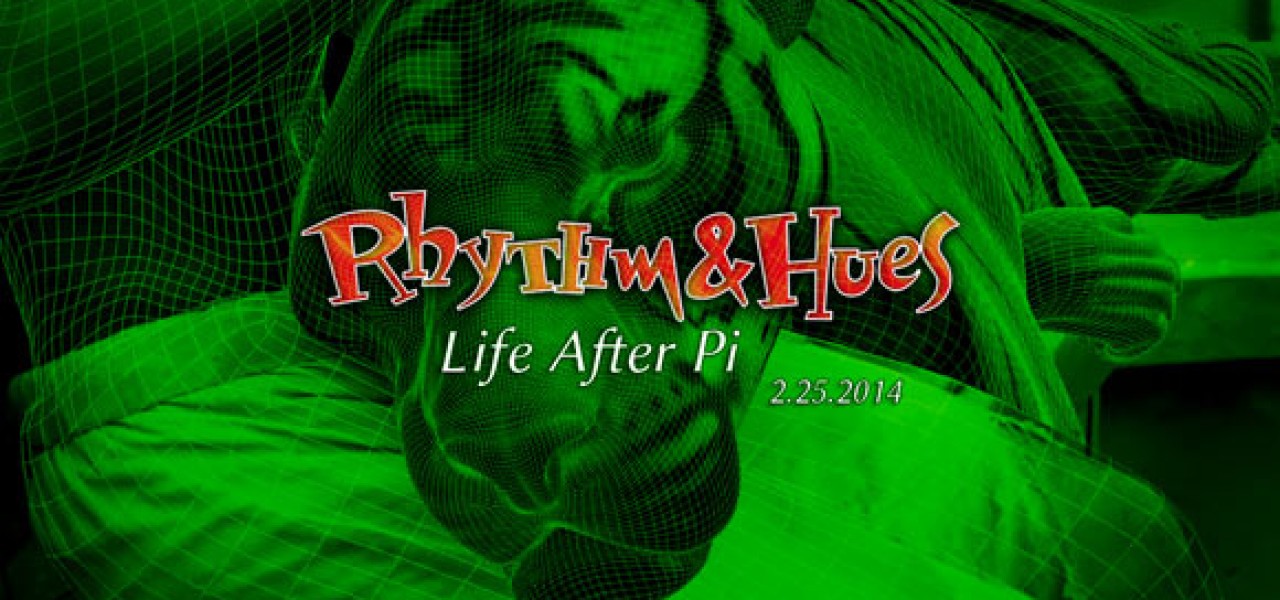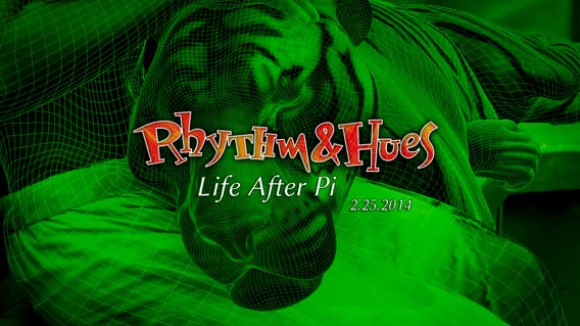

‘Life After Pi’ Documentary Exposes Flawed VFX Business Model
The 30-minute film Life After Pi documents last year’s financial collapse of vfx house Rhythm & Hues. Directed and edited by Rhythm & Hues employee Scott Leberecht, the documentary does a great job of explaining the current realities of the visual effects business model and why the bankruptcy of Rhythm & Hues is part of a much broader issue in Hollywood that has led to the shutdown of dozens of studios over the past decade.
In one of the documentary’s most poignant moments, which was filmed as the events were unfolding, R&H co-founder John Hughes reflected on the lose-lose scenario that he was confronted with as he tried to save the company he’d run for twenty-five years:
“Our choices were to cut people’s salaries or to lay off a significant number of people or to work people overtime without paying them for overtime by restructuring their contracts. So those kinds of changes are very difficult changes to make and I felt that any one of those would have so dramatically altered the culture of Rhythm & Hues that they would have destroyed Rhythm & Hues. And, well, instead we’re in bankruptcy, so I ended up destroying Rhythm & Hues anyways. Maybe I should have done something along those lines in order to have tried to preserve Rhythm & Hues.”
